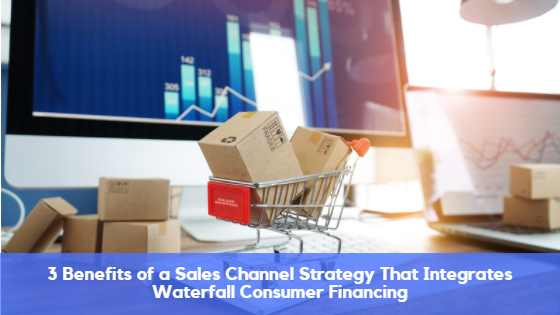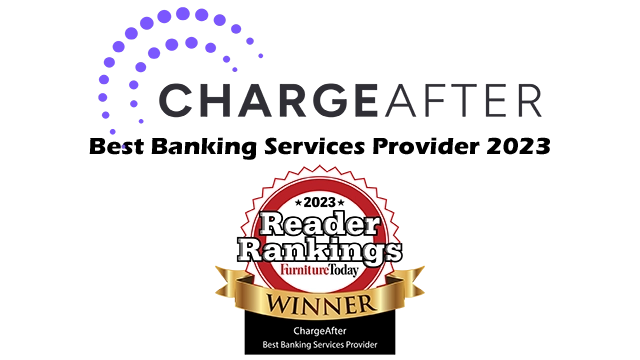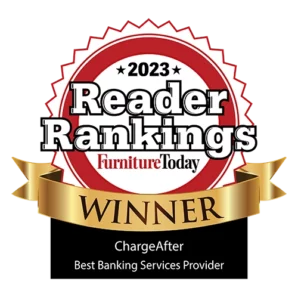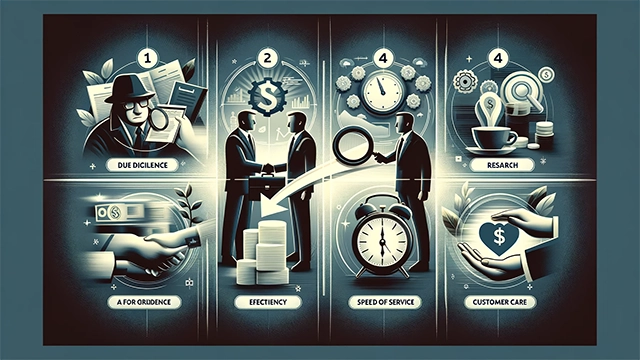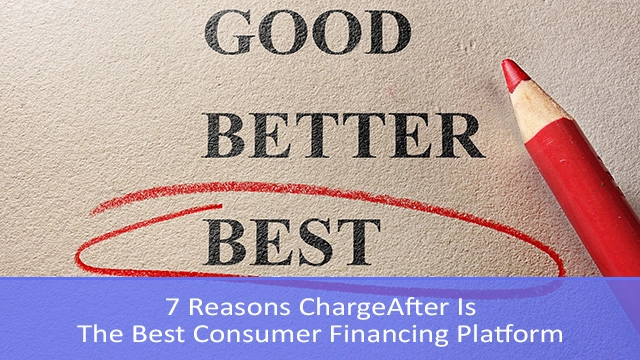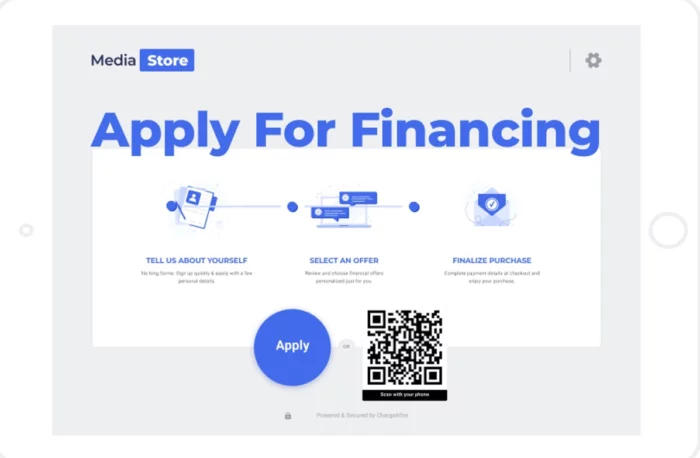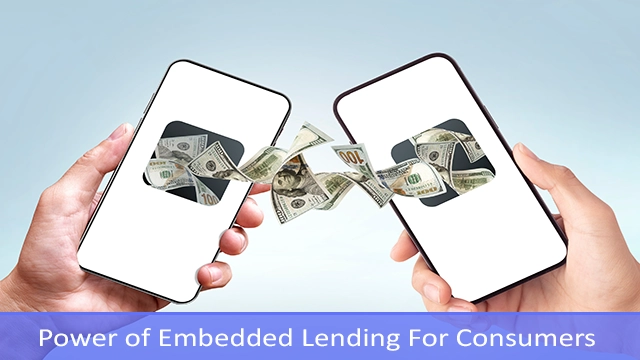In the dynamic world of retail, Point-of-Sale (POS) financing, a type of embedded lending, is proving to be a game-changer. Its rapid growth mirrors shifting consumer needs and reflects the changing landscape of the retail industry. According to Future Market Insights (FMI), the embedded lending market, including POS financing, will exceed $32.5 billion by 2023 due to the rapid adoption rate of fintech solutions.
Traditional credit card usage is significantly slowing as younger consumers seek more flexible and accessible alternatives. Unlike the conventional one-size-fits-all approach of credit cards, POS financing platforms offer tailored solutions that cater to the unique needs of different customer segments. The result? A shift towards more versatile financing methods, particularly among younger and underserved shoppers.
Embedded finance solutions come in various forms, each with its unique benefits. From revolving lines of credit that offer a set borrowing limit that businesses can repeatedly tap into to the allure of 0% APR programs that promise zero interest for an introductory period, these POS financing options are as diverse as they are flexible.
Furthermore, Buy Now Pay Later (BNPL) programs have emerged as a popular short-term installment solution. Offering an easy-to-understand structure, BNPL allows consumers to purchase goods immediately and pay for them over time, making the entire process hassle-free. Similarly, the lease-to-own concept has found favor, particularly for subprime borrowers seeking to purchase high-priced items such as appliances, furniture, and electronics.
Types of Retailers Using POS Financing
Retailers in many verticals are adopting POS financing and making it a strategic priority given its flexibility and conveniences. As inflation continues to impact customers, demand for POS financing is rising. According to ChargeAfter data, demand for point-of-sale financing increased by 55% in the first quarter of 2023, compared to the same period in 2022. Retailers benefit from offering a robust POS financing experience that meets the needs of all of their customers, especially those selling big-ticket goods or services that are purchased infrequently. In 2023 retailers that are prioritizing upgrading their POS financing offers include:
E-commerce Stores
Online retailers often use POS financing as it can easily be integrated into their checkout process. This allows consumers to choose a financing option at the point of purchase. However, it’s important for many retailers to offer an omnichannel financing experience.
Electronics Stores
Given the high price of many electronic items such as televisions, laptops, and smartphones, electronics retailers often offer POS financing to make these purchases more affordable for consumers. Customers need to be able to access financing both in-store and online, depending on how they prefer to shop. Additionally, as many electronic retailers serve businesses, they also need to consider B2B financing in their POS offer.
Furniture Stores
Similar to electronics retailers, furniture stores often sell high-ticket items that can be out of reach to many. POS financing can help increase sales and average order value by making these items more accessible to consumers. Retailers need to consider offering an omnichannel financing experience including pre-approval online before visiting a store. They also benefit from offering financing options that cover a range of customers according to different credit scores.
Home Improvement Stores
Stores that sell appliances or home improvement goods like hardware and construction materials often use POS financing. These items can range in price and financing allows consumers to make these necessary purchases more manageable.
Healthcare Providers
Healthcare and beauty business provide elective surgeries and other costly procedures. They make their treatments accessible to more people when they offer POS financing. By offering POS financing, healthcare providers democratize services that were previously out of reach to many.
Automotive Dealerships
Dealerships often use POS financing when selling and repairing cars. They may offer financing options, from traditional auto loans to lease-to-own options.
Jewelry Stores
Given the high price of jewelry, these retailers often offer POS financing to make purchases more feasible for consumers.
Types of POS Financing Products
By offering different types of financing products at the point of sale, retailers meet the needs of more customers.
Revolving Credit Line
A revolving line of credit is a flexible loan arrangement between a financial institution and a customer that establishes a maximum loan balance that the lender permits the borrower. It allows the borrower to use funds up to a set limit and repay them, potentially over and over again. Unlike a traditional loan, where the borrower receives a lump sum upfront and starts paying it back in installments, a revolving line of credit lets the borrower withdraw funds up to the set limit as needed. Interest is charged only on the borrowed amount, not the entire credit limit. Once the borrower repays any portion of the borrowed amount, that portion becomes available again for future use. This “revolving” structure gives the borrower the flexibility to manage their borrowing and repayment schedules within the agreed terms. A typical example of a revolving line of credit is a credit card, where the cardholder can spend up to a specific limit, repay the balance, and then spend again.
Long-Term Installment Loans
Long-term installment loans are loans that borrowers repay over a set number of scheduled payments or installments over an extended period. Depending on the loan agreement, this period can range from several months to several years. Long-term installment loans can be secured or unsecured. Secured loans require collateral, such as a house or a car, and typically have lower interest rates because the lender can seize the collateral if the borrower defaults. Unsecured loans, which are provided at the point of sale, do not require collateral but usually have higher interest rates to compensate for the increased risk to the lender.
The terms of long-term installment loans, including the loan amount, interest rate, and repayment schedule, are typically determined at the outset and spelled out in the loan agreement. Each installment payment reduces the principal amount owed and covers the interest on the debt, making these loans easier to budget for than revolving credit lines, where the minimum payment can vary. Long-term installment loans are often used for major purchases or investments, such as buying a house (mortgage), buying a car (auto loan), or funding higher education (student loan). They provide borrowers with the means to afford big-ticket items and significant expenses they couldn’t cover upfront, spreading the cost over an extended period.
0% APR
0% Annual Percentage Rate (APR) refers to a promotional interest rate offered by lenders where no interest is charged on the principal amount for a specified period. This period can range from a few months to a few years, depending on the terms set by the lender. Often seen in credit cards or auto financing, this offer allows borrowers to finance purchases or transfer balances from high-interest accounts without accruing additional interest during the promotional period.
It’s important to note, however, that once the promotional period ends, any remaining balance starts to accrue interest at the regular rate as defined in the terms of the agreement. Moreover, 0% APR offers usually require the borrower to have good to excellent credit, and the terms may stipulate that if a payment is missed or late, the promotional rate ends prematurely, and a higher interest rate applies. It’s, therefore, crucial to understand the terms and conditions attached to a 0% APR offer before proceeding.
Buy Now Pay Later (BNPL)
BNPL, or Buy Now, Pay Later, is a type of short-term installment financing that allows consumers to purchase goods or services immediately and pay for them over time. Typically, payments are made in fixed installments over a set period, such as weeks or months. One of the main attractions of BNPL for consumers is that, in many cases, these payment plans do not incur high interest or fees, provided payments are made on time. Some BNPL services offer 0% interest financing if the balance is paid within a specified promotional period. This can make BNPL more affordable than traditional credit cards for some consumers, particularly for more expensive purchases.
Consumers need to understand the terms of their BNPL agreement. Late fees may apply if payments are not made on time, and interest may be charged on the remaining balance. In some cases, if the balance is not paid off by the end of the promotional period, interest may be charged retroactively from the purchase date.
BNPL has seen a surge in popularity in recent years, particularly among younger consumers, and is now offered by a wide range of online and physical retailers. Typically BNPL is used for small-ticket items with a value of between $50 and $1000 (Consumer Financial Protection Bureau). Based on five surveyed lenders from 2019 to 2021, BNPL loans grew by 970%, from 16.8 to 180 million. The dollar volume grew by 109%, from $2 billion to $24.2 billion.(Consumer Financial Protection Bureau).
Lease To Own
“Lease to own”, also known as “rent to own”, is a type of agreement that allows a customer to lease a product with the option to purchase it at the end of the lease term. This financing option is typically used for expensive furniture, appliances, vehicles, and electronics for subprime customers. The customer makes regular payments over a specified period in a lease-to-own agreement. These payments contribute toward the total purchase price of the product. At the end of the lease term, the customer can buy the item for either a small residual amount or the sum of the remaining unpaid purchase price.
The advantage of a lease-to-own agreement for customers is that it allows them to use and enjoy an item immediately without paying the total purchase price upfront. It can benefit those who cannot afford high-cost items or do not qualify for traditional financing. However, it’s worth noting that the total cost paid over the lease term can be higher than the item’s original price due to the inclusion of interest and fees. Therefore, customers should carefully review the terms of a lease-to-own agreement before proceeding.
B2B Financing
B2B POS Financing (point-of-sale financing), is allows businesses to finance purchases at the point of sale, the same way consumers do. This type of financing is often used for purchases of larger quantities of goods or services since businesses typically purchase in bulk to meet operational needs, inventory requirements, or to fulfill contracts with their own customers. Most merchants provide their own b2b financing, usually with offers with 30, 60, or 90-day payback. These terms are not favorable for many businesses, especially SMBs, and new providers are coming into the market offering business loans with expanded terms. These new POS financing options offer immediate approval (or denial) of credit at the point of sale, making the purchasing process quicker and smoother and resulting in higher approval rates. The buyer can repay the amount over time per the terms of the financing agreement, which can be up to 12 months, giving businesses greater flexibility. B2B POS financing can benefit both the buyer and the seller. For the buyer, it provides immediate access to needed goods or services without a significant upfront investment. For the seller, it can facilitate significant sales, increase cash flow, and foster stronger customer relationships.
Challenges of Single-Lender POS Financing
While the benefits of POS financing are manifold, relying on a single lender can be limiting. Single-lender solutions can lead to lower approval rates and a poor customer journey. Declined shoppers start the POS financing process again, resulting in cart abandonment, and affecting sales and customer loyalty. There is also the risk of being subject to the changing lending conditions of a single financial institution.
Why Retailers Must Start With Embedded POS Financing Platforms First
Many retailers are turning towards embedded finance platforms that offer many lending options through a single gateway to counter these challenges. With an embedded lending network, retailers can manage multiple financing options like BNPL, installment loans, and lease-to-own, providing an omnichannel financing experience.
Indeed, research by ChargeAfter suggests that 66% of retailers prioritize implementing a consumer financing platform that manages the entire financing cycle, including reconciliations, chargebacks, and dispute resolution.
An embedded finance platform also removes the burden of managing complex requirements from the retailers, facilitating seamless management of waterfall financing, in which applications are automatically sent to lenders in a sequence until approval is obtained.
Merchants are thus looking for point-of-sale financing platforms that offer white-label consumer financing solutions and BNPL white-label options, giving them control over the customer experience while handling the complexity of lending and compliance in the background.
Conclusion
As retailers adapt to the evolving needs of their customers, it’s clear that the future lies in leveraging robust POS financing platforms. Offering an omnichannel lending experience through an embedded lending platform can significantly enhance the shopping experience, increase approval rates, and boost sales, making it a win-win for consumers and retailers.
Through white-label POS systems and a waterfall finance approach, retailers offer consumers the flexibility they desire and a better experience.
Retailers that adapt to these changes and invest in POS financing solutions today will undoubtedly be better positioned to cater
To the needs of the next-generation consumer, we are leading the way in the ever-evolving world of retail.
With embedded financing becoming increasingly popular, it’s time to embrace this trend and reap the benefits of enhanced customer satisfaction and increased sales. After all, in retail, customer experience is king – and an omnichannel financing experience through a robust POS financing platform is a significant step in that direction.

